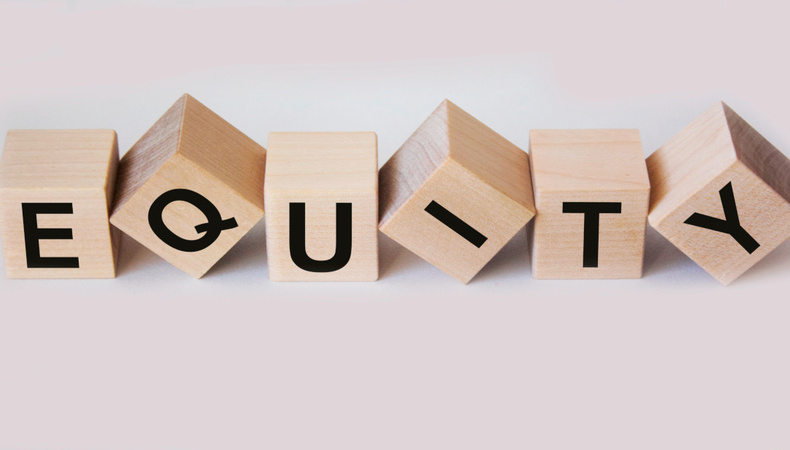Inheritance Tax: Tax-Free Solutions To Passing On Wealth
Inheritance Tax: Tax-Free Solutions To Passing On Wealth
As the effects of the cost of living crisis continue many of us are looking for ways to increase income and, as we realistically live longer but retire later, we want sufficient means to enjoy that awaited retirement.
Equity release offers various financial opportunities but is it right for you? Let’s take a look.
What is equity release?

Equity release covers a range of financial products that allow homeowners aged 55 and over to access the equity tied up in their homes. Equity is calculated as the market value of a property minus any outstanding mortgage or other debts secured on it.
The cash can be released as a lump sum, several smaller amounts or a combination of both. The percentage of equity you can release will vary by age and circumstance but total between 20-50 per cent.
What options are available?
Numerous options exist for releasing cash or to offset existing financial challenges, but these two are the most popular:
- Lifetime Mortgage
This is ideal for those who don’t need to leave assets to families. Running for the duration of someone’s lifespan, they free up cash without the need to sell or move house. If you choose to make repayments these can be on either the capital or just the interest, which will then help reduce the overall cost when the option ends.
They can still be suitable for those leaving an inheritance, as any money taken out will make a dent in what is left on the owner’s death. This will then reduce the amount of any inheritance tax due.
- Home Reversion Plan
Those aged aged 65 and over, who own their homes outright, gain most from this scheme. It allows homeowners to sell part or all of their property to a lender, in exchange for a cash lump sum or regular income for life. You continue to live in the property rent-free until your death but remain responsible for maintaining and insuring the building.
Based on fixed ownership percentages, this is a better option in a static housing market although less favourable if property prices rise significantly. At the end of the plan, the property is sold and the proceeds divided according to the proportions of ownership. Those wanting to retain a level of property ownership can ring-fence a percentage.
How much should I borrow and is equity release safe?
How much you take out will depend on personal circumstances. It’s generally better not to take out everything you need as one lump sum, especially if the money is for living costs, as this means you will pay more in overall interest.
Two industry bodies -The Financial Conduct Authority (FCA) and The Equity Release Council (ERC) - oversee the provision of equity release schemes. All registered advisors abide by the code of practice including a ‘no negative equity guarantee’ whereby homeowners are never left owing more than the value of their property. Homeowners also have the right to transfer their equity release product to another property with no risk of penalty payments.
